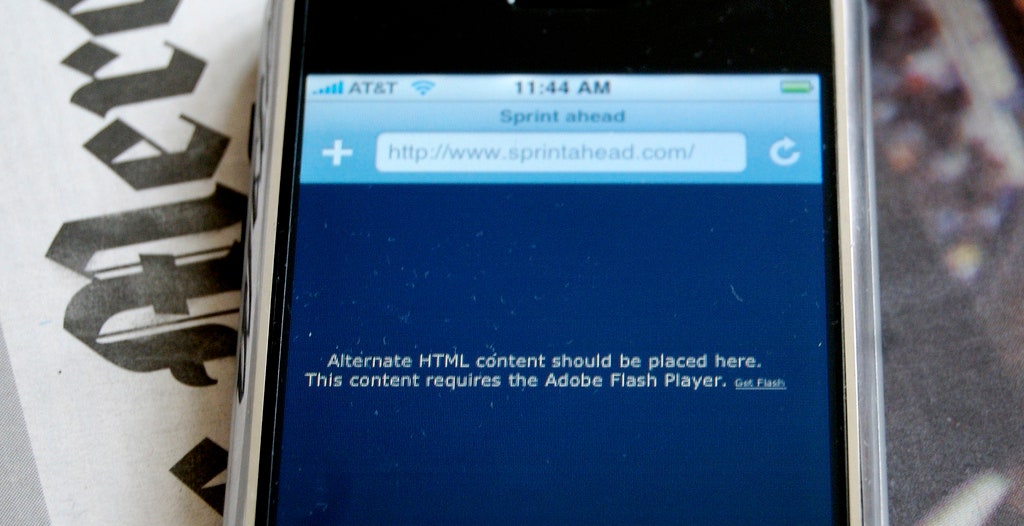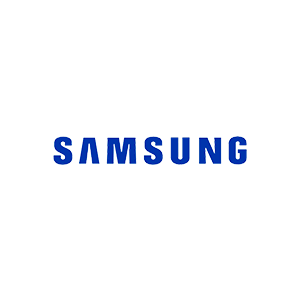
If you make an app for the iPhone, it has to be done Apple’s way or the highway.
That’s the upshot of new iPhone developer rules, released Thursday without fanfare, even as Apple CEO Steve Jobs announced myriad details of the company’s new mobile operating system to a packed room of reporters.
The changes affect the so-called developer’s agreement required to access tools for building apps for the iPhone, iPod Touch and iPad. They add significant new restrictions to software makers hoping to create products for Apple’s mobile devices, which happen to be among the most sought-after in the world. More than a billion apps have already been downloaded so far from Apple’s App Store, creating a billion-dollar software business nearly overnight. It’s also led media companies, including Wired.com owner Condé Nast, to make big bets on emerging platforms such as Apple’s iPad tablet.
With so much at stake, some software developers on Thursday bristled at the new agreement, which for the first time appears to bar any app built using “intermediary translation” tools, such as those made by Adobe, from running on its various mobile devices. Instead, apps must be written directly in Objective-C and other approved languages.
“So much for programming language innovation on the iPhone platform” said Joe Hewitt, developer of the Facebook iPhone app, via Twitter. “I’m upset because frankly I think Objective-C is mediocre and was excited about using other languages to make iPhone development fun again. It’s so hard to reconcile my love for these beautiful devices on my desk with my hatred for the ugly words in that legal agreement.”
Apple has exercised tight control from the start over the iPhone platform, at first refusing to provide a software developer kit, or SDK, of any kind. Under pressure, Jobs ultimately relented, spawning a massive outpouring of creativity. More than 150,000 apps have made their way to the App Store so far.
But Apple’s grip over the iPhone has not loosened — and on Thursday appeared to tighten considerably.
While the long-term implications of the policy change are not certain, immediate losers appear to be providers of software that translates applications built originally for other platforms, like the web, to run natively on the iPhone OS.
A number of companies have created tools offering flexibility to developers who wish to code in different languages and port their software into native iPhone apps. The best-known example of such a tool is Adobe’s Packager for iPhone. The tool lets people build apps using the company’s Flash development tool, then export those apps to an iPhone-native format so they can run on Apple’s mobile devices, which don’t support Flash.
The Packager for iPhone is in public beta now, but will be a part of Adobe Creative Suite 5 when it’s released later this spring.
Adobe’s Creative Suite is widely used by the publishing industry and by videogame designers, and Apple’s new rule throws a wrench into their plans to publish iPad and iPhone versions of their magazines, newspapers and games using Adobe’s tools.
Other cross-compilers (as they’re known) are made by smaller companies like Appcelerator, which are scrambling at the news of Apple’s latest curveball.
“It seems like it will be difficult for Adobe to get around this restriction,” said Ross Rubin, an NPD analyst, regarding the updated iPhone developer agreement. “Apple wants to ensure developers use the technologies exposed in its tools and wants to avoid being an assimilated platform. It extends the Flash ban and says Apple is willing to risk doing without certain content rather than ceding control to Adobe.”
Apple did not return e-mails or phone calls seeking comment.
“We are aware of the new SDK language and are looking into it,” an Adobe spokesman said in a statement e-mailed to Gadget Lab. “We continue to develop our Packager for iPhone OS technology, which we plan to debut in Flash CS5.”
The policy change comes amid a chilling in relations between Apple and Adobe. Addressing his staff shortly after announcing the iPad, Jobs railed against Flash, calling it buggy. He also threw barbs at Adobe for being “lazy,” as first reported by Wired.com.
In the past, Apple’s agreement stipulated that applications “may only use documented APIs in the manner prescribed by Apple” and barred the use of private APIs.
The same portion of the new iPhone Developer Program License Agreement now reads:
Additional reporting by Wired.com’s Michael Calore.







